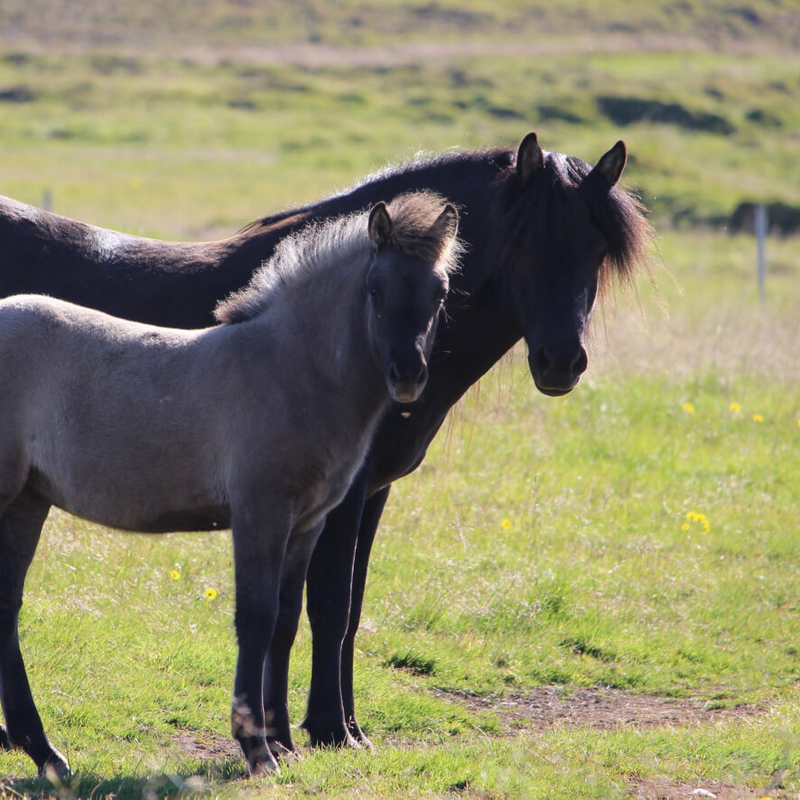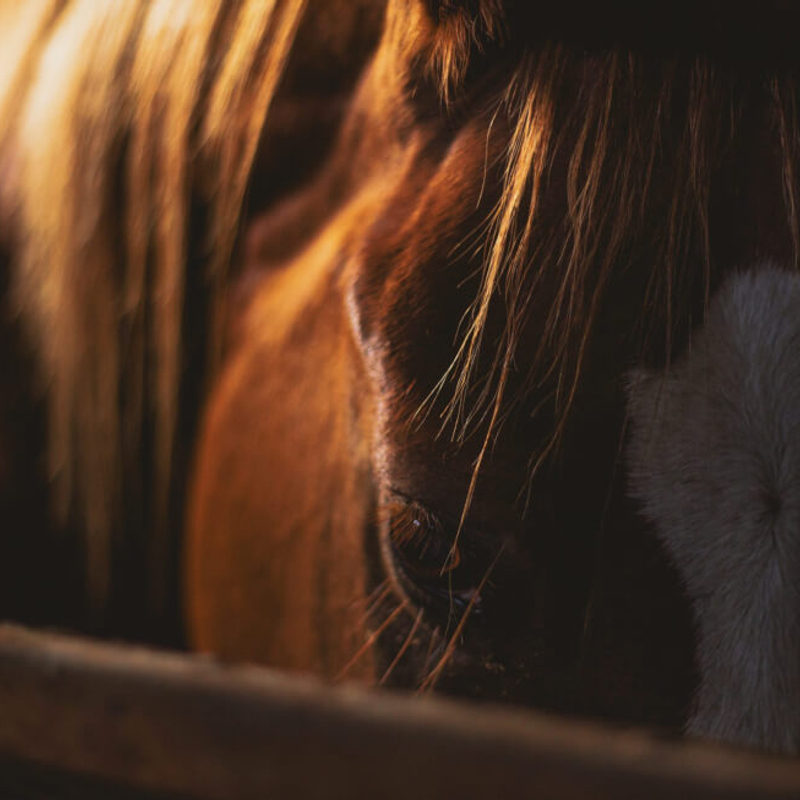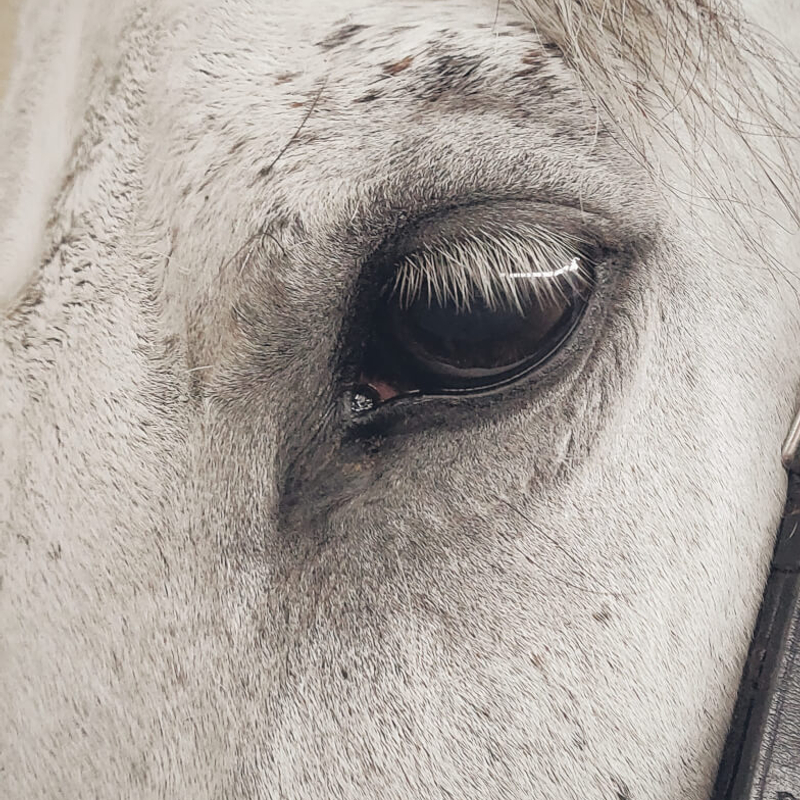Eosinophilic Keratitis
Eosinophilic keratitis is an inflammatory disease of the cornea. The conjunctiva and the third eyelid are also often affected. This leads to pain in the eye and also to impaired vision. Eosinophilic keratitis has already been described in various animal species and has been studied primarily in humans and cats. Equine eosinophilic keratitis was only described for the first time in 1994 and has come into focus in the last 10 years due to its increased occurrence.

What is the trigger?
The exact origin of eosinophilic keratitis is still unclear. It is believed that a hypersensitivity reaction to parasites or environmental allergens is the cause. Environmental factors such as geographic location, weather conditions, seasonal plants and pollen act as allergic triggers. Insects also appear to contribute to the pathogenesis, as it has been shown that wearing fly masks and applying fly repellants leads to the alleviation of clinical symptoms. Hypersensitivity reactions to parasites of the genus Onchocerca or Thelezia that occur in the eye were also considered as a possible cause. The role of the equine herpes virus in the development of eosinophilic keratitis is still unclear.
Symptoms?
The horses show increased eyelid closure, increased lacrimation, reddening of the conjunctiva and corneal defects in the affected eye. Yellowish eye discharge and yellow / white deposits or plaques on the cornea are found in approx. 25% of cases. Any non-infected, non-healing corneal ulcer should be examined cytologically to rule out eosinophilic keratitis. The clinical signs and the detection of eosinophils in the cytological examination of the cornea confirm the diagnosis. The most common consequence of the disease is mild to moderate scarring on the cornea, which can impair vision. Pigmentation and melanosis are often seen during the healing process, but disappear as soon as the inflammation has healed.


Who is affected?
The disease occurs predominantly during the summer months, with highest prevalence in July, followed by June, and August. There is no sex, breed or age predisposition, although in one case series mares were more frequently affected. In humans, one third of affected patients have concurrently multiple atopic diseases, with asthma being the most common. In some horses, concurrent urticaria was anecdotally described but the link with eosinophilic keratitis in those cases is still unclear. Generally, affected horses are in good health, correctly vaccinated, dewormed and they have followed an appropriate diet at the onset of disease.
